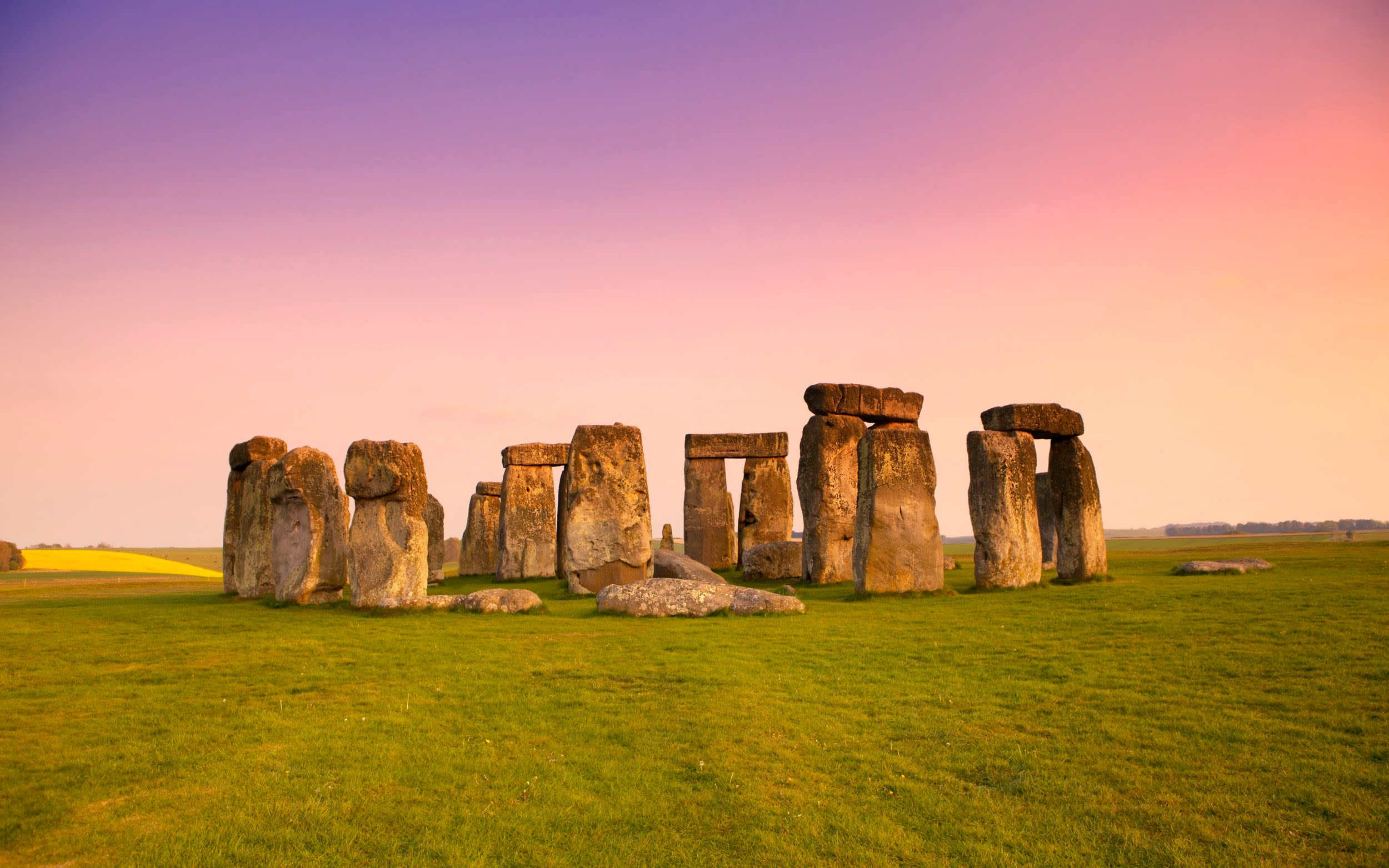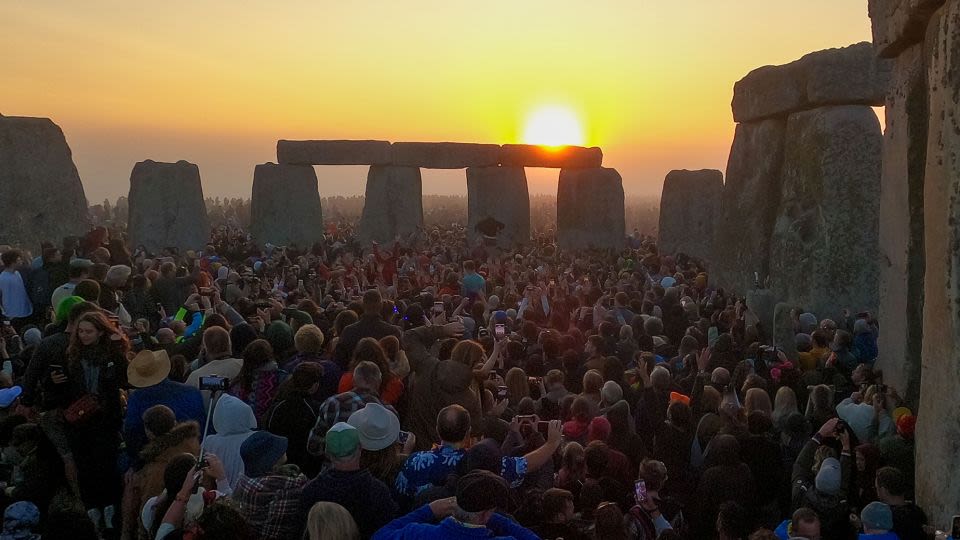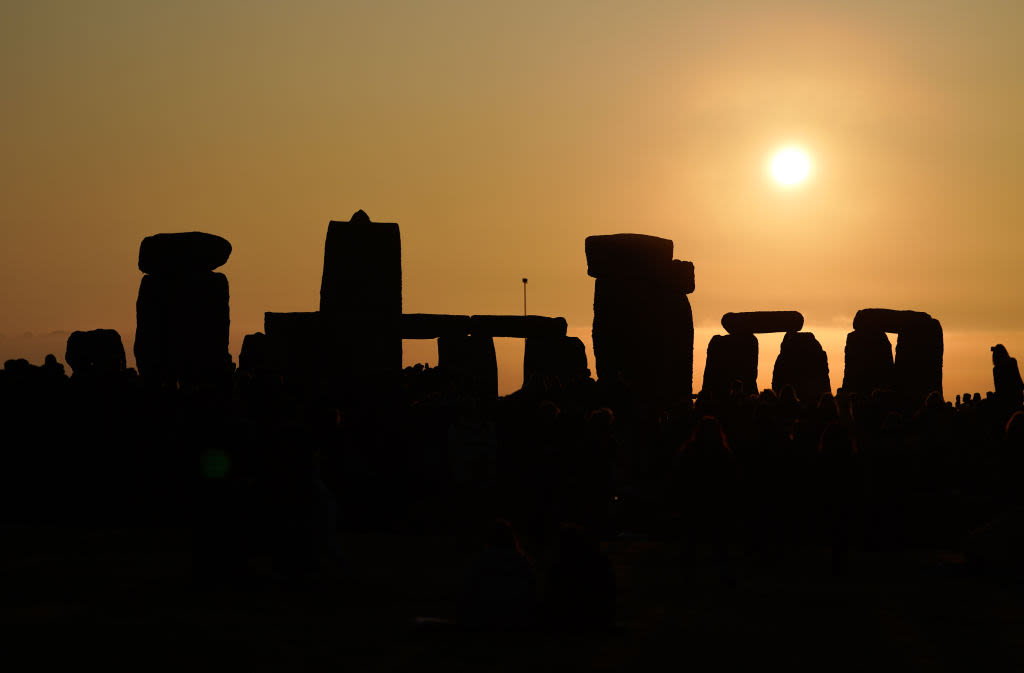Search results
A solstice is the time when the Sun reaches its most northerly or southerly excursion relative to the celestial equator on the celestial sphere. Two solstices occur annually, around June 20–22 and December 20–22. In many countries, the seasons of the year are defined by reference to the solstices and the equinoxes .
3 days ago · Summer officially arrives in the Northern Hemisphere on Thursday, the earliest start to the season in over two centuries. The summer solstice — the exact moment when Earth’s north pole is most ...
News about summer solstice, Stonehenge, traditions
News about Santa Barbara, Summer Solstice Parade, 50th anniversary
Also in the news
4 days ago · Solstice, either of the two moments in the year when the Sun’s apparent path is farthest north or south from Earth’s Equator. In the Northern Hemisphere the summer solstice occurs on June 20 or 21 and the winter solstice on December 21 or 22.
Mar 12, 2024 · A solstice is an event in which a planet ’s poles are most extremely inclined toward or away from the star it orbits. On our planet, solstices are defined by solar declination —the latitude of Earth where the sun is directly overhead at noon.
May 17, 2024 · What is the summer solstice, and when does it happen? The longest day of the year falls on either June 20 or 21 every year in the Northern Hemisphere. Here's everything you need to know about the...
4 days ago · What is the summer solstice? Here’s what you need to know. Once a year, an astronomical alignment ushers in this seasonal change. The solstice is celebrated across the world—and shrouded in myth.
Aug 10, 2017 · The summer solstice falls between June 20 and 22 in the Northern Hemisphere. The longest day of the year, it has inspired celebrations for millennia.







